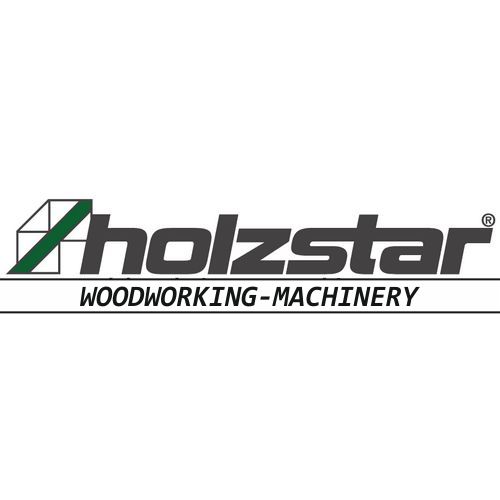Do you need an air compressor?
Air compressors are used for all manner of jobs – from touching up paintwork to inflating tyres, wrenching off wheel nuts, cutting metalwork and operating a nail gun.
Different tools require different air pressures and volumes to run efficiently, which makes it difficult for you to pair your air tools with a suitable compressor. To make matters worse, there is a vast range of choices available. But that’s where the team at Kendal Tools can help!
The different types of air compressors
There are several different air compressors on the market today – each with its own specific use and advantages.
Here we take a look at a few of the options available.
Oil or oil-less?
Oil-less compressors don’t mix oil into the compressed air, require little maintenance and are free from contaminants. On top of this, they have fewer parts than their oil-lubricated counterparts, which means they’re cheaper and lighter.
Oiled compressors produce a greater output and run much quieter – as a result of the parts being well lubricated. They also maintain a cooler temperature and have a longer lifespan, which is ideal for industrial purposes.
Direct-drive or belt-driven?
If you’re a hobbyist or semi-professional searching for an air compressor, you can’t go wrong with a direct drive model. These offer fantastic value for money and are great for occasional use.
Need to upgrade the current system at your workshop or industrial set-up? Have you ever considered a belt-drive compressor? Equipped with anti-vibration feet, belt-driven compressors reduce unnecessary sound and wobbling. They also have a large receiver which makes them perfect for heavy-duty applications.
Petrol or electric?
An electric air compressor limits where you can set up and work, as you’ll need to be near a plug socket. These are often used in commercial and industrial environments, such as factories and workshops, and remain in one place.
Compressors with a petrol engine give you more flexibility. They’re easy to manoeuvre and don’t require a power source – making them a brilliant choice for professionals, such as mobile mechanics and fitters, who need to complete tasks efficiently without any hindrances.
How to choose an air compressor
It’s important to note that the ‘best’ air compressor isn’t always the best one for the job, and there are several factors you need to consider when making your decision.
The right air compressor for you will depend on:
· Application
Bear in mind what tools you currently use and what you may look to use in the future.
Stationary air compressors are typically designed for placement in a workshop or garage. They have large storage tanks that allow for longer periods of uninterrupted use and boast a vertical design which reduces the amount of floor space required.
Though portable air compressors have smaller storage tanks, they are equipped with wheels so you can move them to different locations. Portable models are good for light applications, such as airbrushing and powering most types of nail guns.
· CFM requirements
Another crucial factor to consider when buying a compressor is the required airflow of your air tools, measured in cubic feet per minute (CFM). Such information can usually be found on the manufacturer’s website.
To calculate the minimum required CFM of the air compressor you need, multiply your tool’s CFM by 1.2.
For example, if you want to use an air tool that has a CFM of 6, you’ll need a 7.2 CFM compressor at the very least.
· Tank size
When choosing an air compressor, you need a tank that’s big enough to complete the job.
Although smaller tanks (receivers) are suitable for various tasks – i.e. airbrushing and operating nail guns – larger tanks can store more compressed air at higher pressures. This means you can expect your compressor to run better and for longer.
It’s worth noting that an air compressor with a small tank (approximately 6 litres) will work in short bursts, which is not ideal if you’re spray painting an entire car or larger surface.
· Working pressure
The pressure generated inside the air compressor’s tank is measured in bar and pounds per square inch (PSI).
To determine how much pressure you need, look closely at the air tools you use. It should state the required minimum pressure. If it doesn’t, it’s generally safe to assume that a 100 psi (7 bar) will suffice for DIY jobs. However, more powerful compressors have higher horsepower ratings and working pressures.
Ready to invest in an air compressor?
Now you know a little more about the different factors you need to consider before purchasing an air compressor, you should be in a better position to make an informed decision. So, why not browse our extensive collection here at Kendal Tools?
We supply a wide range of air compressors from renowned names – including SIP, Scheppach and Tigren, to name just a few – and guarantee affordable prices.
Feel free to click on the products we supply for detailed information and make comparisons between them. Once you’ve identified which one is right for your needs, simply add it to your basket and check out.
If you’re spoilt for choice or need an expert opinion, you’re welcome to contact our specialists. Either give us a call on 01539 733 774 or drop us an email at info@kendaltools.co.uk, and we’ll get back to you as soon as possible.












